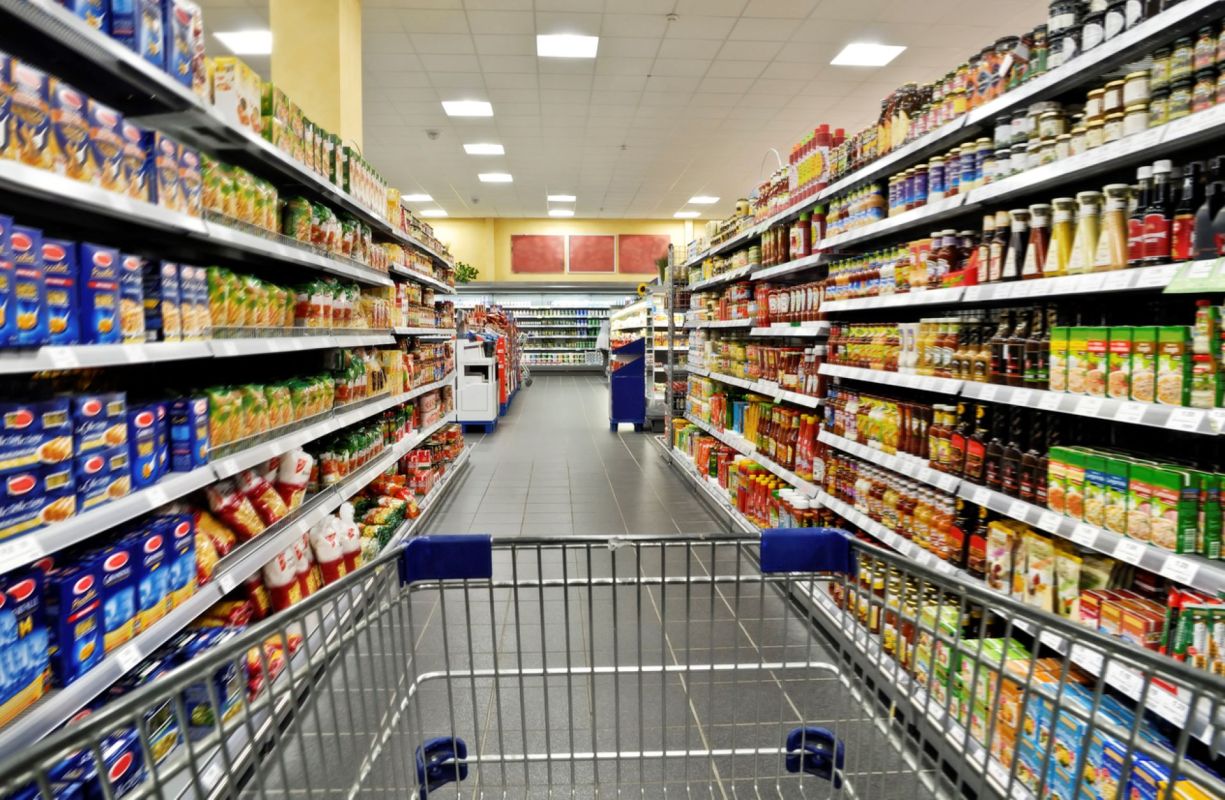Rising global temperatures are changing weather patterns. Spain, the world's biggest olive oil producer, has been facing dry conditions that have impacted its olive harvest. The latest production numbers look grim, causing prices to rise to more than $8,000 per ton, the Washington Post reports.
What's happening?
Normally, Spain supplies half of the world's olive oil, according to the Post. However, in May, it reported production numbers 48% lower than last year. A report from the Spanish government in August showed that supplies were being depleted, and a recent Rabobank agriculture report suggested the next crop is not looking promising.
Meanwhile, the world's second-biggest olive producer, Italy, has experienced storms that damaged its harvest. Drought has affected production in Portugal, Tunisia, Morocco, and Greece. Turkey's crop is fine — but it has refused to export olive oil, according to the Post.
According to market research firm Circana, these olive shortages raised olive oil prices 8.8% in 2022 and an additional 12.5% in 2023, the Post explains. A bottle of olive oil now costs $9.92 on average in the United States.
Other crops, like tomatoes, are also affected.
Why is the olive oil shortage a big deal?
The Post reveals that the U.S. uses much more olive oil than it produces. "The U.S. is a steady net importer of olive oil — its domestic olive oil production, which comes in at around 16,000 tons a year on average, is not enough to fulfill consumption, which runs at some 390,000 tons," Rabobank analyst Vito Martielli said.
That means that if foreign supplies dry up, this product might not just rise in price — it may be difficult to find at all. "Should this pace of depletion persist, market insiders warn that olive oil supplies could be exhausted before the arrival of fresh harvests," Mintec analyst Kyle Holland told the Post in an email.
Lack of availability and rising prices have led to an increase in olive oil counterfeiting — cases in which sellers have mixed olive oils with other types of oil to increase volume or simply substituted a different oil altogether.
What can be done about the drop in olive production?
In the short term, buyers should do their research on the source of their olive oil to make sure they're getting what they pay for. "We always tell our customers to look for where your olive oil is coming from [and] look for the harvest date," Vincent Ricchiuti, founder of Enzo Olive Oil, told the Post.
In the long term, reducing air pollution and cooling down the Earth will protect crops from this kind of instability.
Join our free newsletter for easy tips to save more, waste less, and help yourself while helping the planet.








